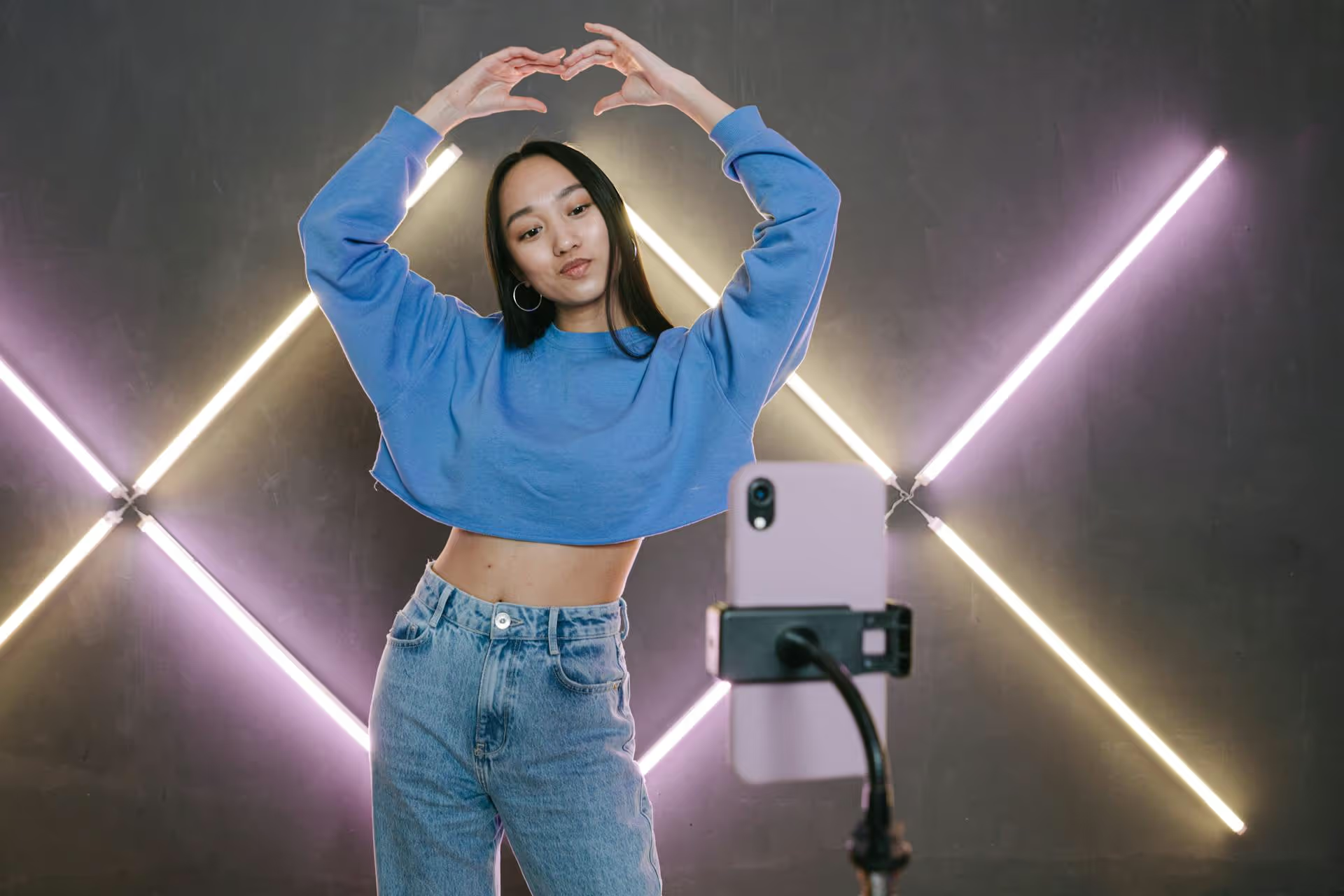How to Add Social Media Icons to an Email Signature
Enhance your email signature by adding social media icons. Discover step-by-step instructions to turn every email into a powerful marketing tool.

Your Instagram feed is more than just a grid of photos, it’s a modern storefront, a digital lookbook, and a direct line to your customers. If you have great clothes to sell, Instagram is one of the best places to find people who will love them. This guide will walk you through setting up your profile for sales, creating content that converts, and building a loyal community that can turn your fashion dream into a thriving business.
Before you can make your first sale, you need to turn your Instagram profile into a trustworthy and professional-looking shop. Think of your bio, profile picture, and Highlights as your digital storefront window - it needs to invite people in.
If you’re still using a personal profile, switching to a Business or Creator account is your first and most important step. It’s free and unlocks a world of essential tools. You’ll get access to:
To make the switch, go to your Settings >, Account >, Switch to Professional Account and follow the simple on-screen instructions.
You only have 150 characters, so make them count. Your bio should instantly tell visitors who you are, what you sell, and why they should care. A perfect clothing brand bio includes:
Clothing is a visual product, and your feed needs to reflect your brand's style. Consistency is your best friend here. Before you post anything, decide on:
The single greatest tool for selling clothes on Instagram is its suite of built-in shopping features. By setting up Instagram Shopping, you can reduce the friction between a customer seeing something they love and being able to buy it.
There are a few hoops to jump through, but the payoff is huge. Here’s the process:
Once you’re approved, a small shopping bag icon will appear on your content where you’ve tagged products. When a user taps the photo, the product tags pop up with the price. From there, they can tap to view the product page and checkout. Use these tags on:
Your content strategy is the engine of your Instagram sales. You can’t just post a flat photo of a shirt on a hanger and expect it to fly off the shelves. You need to create content that inspires, educates, and tells a story.
You don't need a professional photographer (a good smartphone camera will do), but you do need to master the basics of great visuals:
UGC is content created by your customers - photos and videos of them wearing your clothes. It’s one of the most powerful marketing tools you have because it acts as social proof. It shows potential buyers that real people love your products.
Static feed posts are great, but video is where you can truly bring your brand to life.
Your photo grabs their attention, your caption closes the deal. A great caption does more than say "New In: Blue Sweater."
People buy from brands they feel connected to. This is where many businesses drop the ball - they focus on follower count instead of community building. A smaller, highly engaged audience is far more valuable than a huge, silent one.
This is non-negotiable. Respond to every comment and DM. When someone takes the time to leave a comment, a simple reply shows that there's a real person behind the brand who values them. See DMs as your sales floor - it's where you can provide personalized styling advice, answer questions about sizing, and create a loyal customer for life.
Finding the right creator to champion your brand can introduce your clothes to a targeted, trusting audience. You don't need a celebrity with millions of followers. In fact, micro-influencers (those with 5k-50k followers) often have higher engagement rates and feel more authentic to their audience. Reach out to creators whose personal style aligns with your brand and offer to send them free products in exchange for a post or Story mention.
Selling clothes on Instagram successfully is a combination of art and strategy. It starts with a well-optimized profile, leverages the platform's powerful shopping tools, and is powered by consistent, high-quality content that speaks to your audience. The key is to blend seamless commerce with authentic community-building, turning followers into loyal customers.
We know that managing a constant stream of high-quality content - Posts, an ever-growing list of Reels, and daily Stories - can feel completely overwhelming. At Postbase, we designed a simple, modern tool to fix that. Since we're built for today's social reality, you can plan your content calendar visually and schedule all your content, especially short-form video, natively to every platform without friction. You can focus on creating amazing fashion and building your brand, while we handle making sure it all gets published reliably.
Enhance your email signature by adding social media icons. Discover step-by-step instructions to turn every email into a powerful marketing tool.
Learn how to add your Etsy link to Pinterest and drive traffic to your shop. Discover strategies to create converting pins and turn browsers into customers.
Grant access to your Facebook Business Manager securely. Follow our step-by-step guide to add users and assign permissions without sharing your password.
Record clear audio for Instagram Reels with this guide. Learn actionable steps to create professional-sounding audio, using just your phone or upgraded gear.
Add translations to Instagram posts and connect globally. Learn manual techniques and discover Instagram's automatic translation features in this guide.
Optimize your Facebook Business Page for growth and sales with strategic tweaks. Learn to engage your community, create captivating content, and refine strategies.
Wrestling with social media? It doesn’t have to be this hard. Plan your content, schedule posts, respond to comments, and analyze performance — all in one simple, easy-to-use tool.